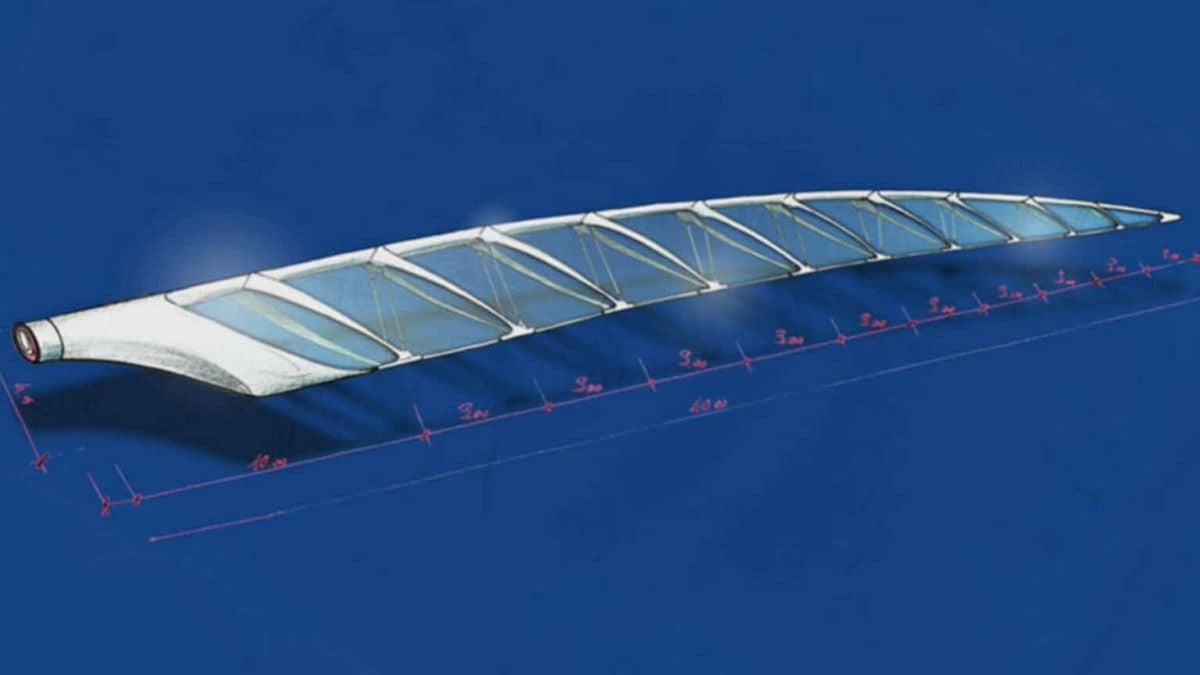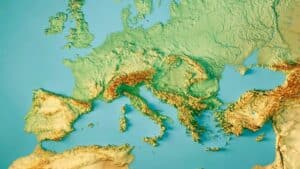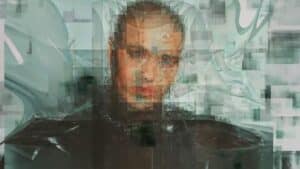The renewable energy landscape is witnessing a revolutionary transformation with the emergence of the Dragonfly Turbine. This innovative technology, inspired by the graceful flight mechanics of dragonflies, represents a significant leap forward in wind energy capture. Developed through the collaborative genius of renowned architect Renzo Piano and ENEL Green Power, this elegant solution promises to deliver sustainable power generation for up to two decades with minimal maintenance requirements.## Nature-inspired engineering transforms renewable energy
The Dragonfly Turbine embodies the perfect synergy between biomimicry and advanced engineering. Unlike conventional three-blade wind turbines that dominate rural landscapes, this revolutionary design features two integrated blades that blend seamlessly with surroundings when inactive. The innovative use of lightweight materials – primarily polycarbonate and carbon fiber – enables this remarkable turbine to harness wind energy at speeds as low as 2 meters per second.
By studying and replicating the flight dynamics of dragonflies, engineers have created a system that maximizes wind capture efficiency while maintaining exceptional stability. This biomimetic approach delivers several key advantages:
- Enhanced performance in low-wind conditions
- Significantly reduced noise pollution compared to traditional turbines
- Greater structural stability during operation
- Minimal environmental impact on surrounding ecosystems
- Extended operational lifespan with reduced maintenance needs
Testing has already demonstrated the impressive potential of this technology. During a two-month trial period, a single prototype generated 1,241.02 kWh of electricity – enough to power multiple households consistently. This remarkable output highlights the turbine’s capacity to deliver reliable energy even in urban environments where space constraints typically limit renewable energy options.## Urban integration and environmental harmony
Despite its substantial 16-meter diameter, the Dragonfly Turbine has been meticulously designed for urban deployment. Standing 20 meters tall with an extraordinarily slim 35-centimeter diameter mast, these turbines present minimal visual disruption to city skylines while maximizing functional capacity.
The table below illustrates how the Dragonfly Turbine compares to conventional wind turbines across key metrics:
| Feature | Dragonfly Turbine | Conventional Wind Turbine |
|---|---|---|
| Height | 20 meters | 80-120 meters |
| Blade design | Two integrated blades | Three separate blades |
| Minimum operational wind speed | 2 m/s | 3-4 m/s |
| Urban compatibility | High | Low |
| Visual impact | Minimal | Significant |
This thoughtful design addresses one of the most persistent challenges in renewable energy deployment: community resistance. By harmoniously integrating with both natural and built environments, the Dragonfly Turbine significantly reduces the visual pollution concerns that have hindered widespread adoption of wind energy in populated areas.## Mass production and market revolution
Italy is poised to become the manufacturing hub for this groundbreaking technology, with mass production facilities already under development. The strategic focus on densely populated regions addresses the growing demand for decentralized renewable energy solutions in urban centers – traditionally underserved by conventional wind power installations.
The market potential extends far beyond Italy’s borders. As cities worldwide grapple with the dual challenges of increasing energy demands and environmental sustainability commitments, the Dragonfly Turbine offers an elegant solution that transcends the limitations of current technologies.
- Initial deployment will target Italian metropolitan areas facing energy resilience challenges
- Secondary expansion will focus on European urban centers with supportive renewable policies
- Global market penetration will likely accelerate as demonstration projects validate performance claims
- Industrial parks and commercial zones represent particularly promising early adoption sectors
The transformative impact of this technology lies not just in its innovative design but in its potential to fundamentally reshape our approach to urban energy infrastructure. By enabling localized clean energy production within city environments, the Dragonfly Turbine creates pathways toward energy independence that were previously unimaginable with conventional wind technologies.
As we look toward a future powered by sustainable energy sources, innovations like the Dragonfly Turbine represent our best hope for harmonizing human development with environmental stewardship. The question remains how quickly cities worldwide will embrace this revolutionary approach to renewable energy integration.







